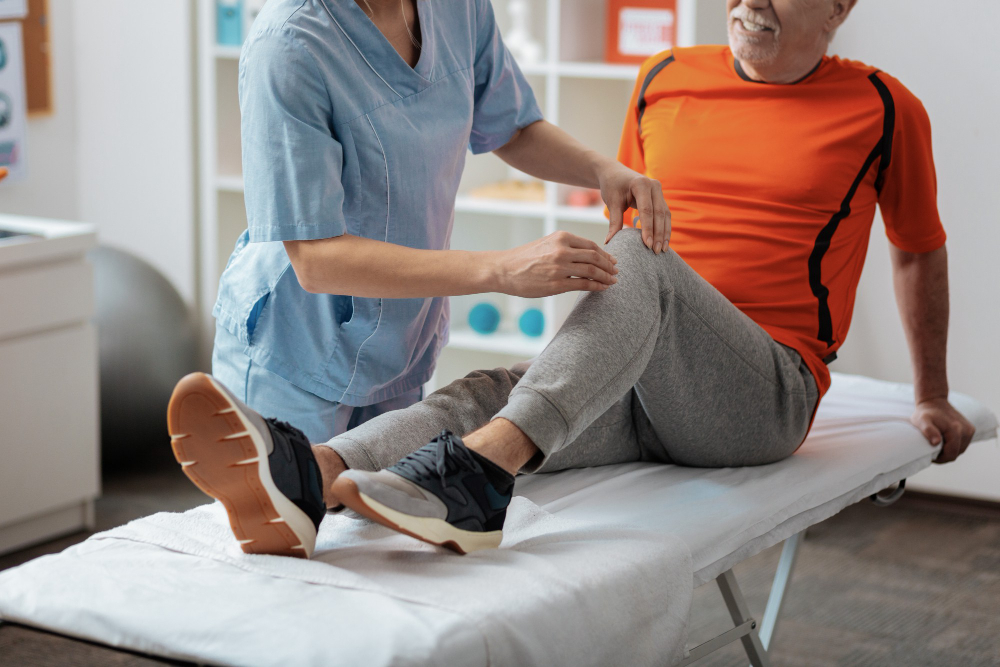Introduction: The Importance of Knee Replacement Recovery
Knee replacement surgery can help you walk better and reduce pain. However, recovery is just as important as the surgery itself. In fact, following the right steps can help you heal faster and avoid problems. This guide covers knee replacement recovery exercises, post knee surgery care tips, and how to recover after knee replacement. With the right care, you can get back to your daily life safely and comfortably.
Common Symptoms and Challenges During Recovery
After knee replacement, you may notice some common symptoms. For example, swelling, pain, and stiffness are normal in the first few weeks. Sometimes, you might feel tired or have trouble sleeping. In addition, you may find it hard to bend or straighten your knee at first. These challenges are part of the healing process. But with patience and the right care, most people improve each week.
Essential Exercises for Knee Replacement Recovery
Exercise is key to a strong recovery. In fact, gentle movement helps your knee heal and keeps it flexible. Always follow your doctor’s advice before starting any new exercise. Here are some safe and helpful knee replacement recovery exercises:
For best results, do these exercises several times a day. However, stop if you feel sharp pain and tell your doctor.
Daily Care Tips for Optimal Healing
Proper daily care can speed up your recovery. First, keep your wound clean and dry. Change dressings as your doctor tells you. Next, use ice packs to reduce swelling, but never place ice directly on your skin. Also, keep your leg raised when resting to help with swelling. Remember, take your medicines as prescribed. If you use a walker or cane, always use it as shown by your care team. Finally, avoid sitting for long periods. Gentle movement helps prevent stiffness.
Lifestyle Guidance: Diet, Activity Modifications, and Home Safety
Healthy habits support your healing. For example, eat foods rich in protein, vitamins, and minerals. These help your body repair itself. Drink plenty of water to stay hydrated. In addition, avoid high-sugar and high-fat foods. When moving around, take small steps and avoid twisting your knee. Remove loose rugs or clutter at home to prevent falls. Use handrails in the bathroom and on stairs for extra safety. If possible, keep items you need within easy reach. This way, you can avoid unnecessary bending or stretching.
Prevention of Complications and Warning Signs
Most people recover well, but problems can happen. To lower your risk, follow your care plan closely. Watch for warning signs, such as:
If you notice any of these signs, contact your doctor right away. Early action can prevent serious problems, according to the CDC and orthopedic experts.
When to Consult Your Orthopedic Surgeon
Regular check-ups are important after knee replacement. Always keep your follow-up visits. However, if you have new or worsening symptoms, call your orthopedic surgeon. For example, if your knee becomes very swollen, red, or painful, seek help. Also, if you cannot move your knee or walk, get medical advice. Your doctor can check for problems and guide your recovery.
For the best results, follow these knee replacement recovery exercises and post-surgery care tips. Consult Dr. Hemanth, our orthopedic specialist at Amara Hospital, for personalized recovery guidance.
